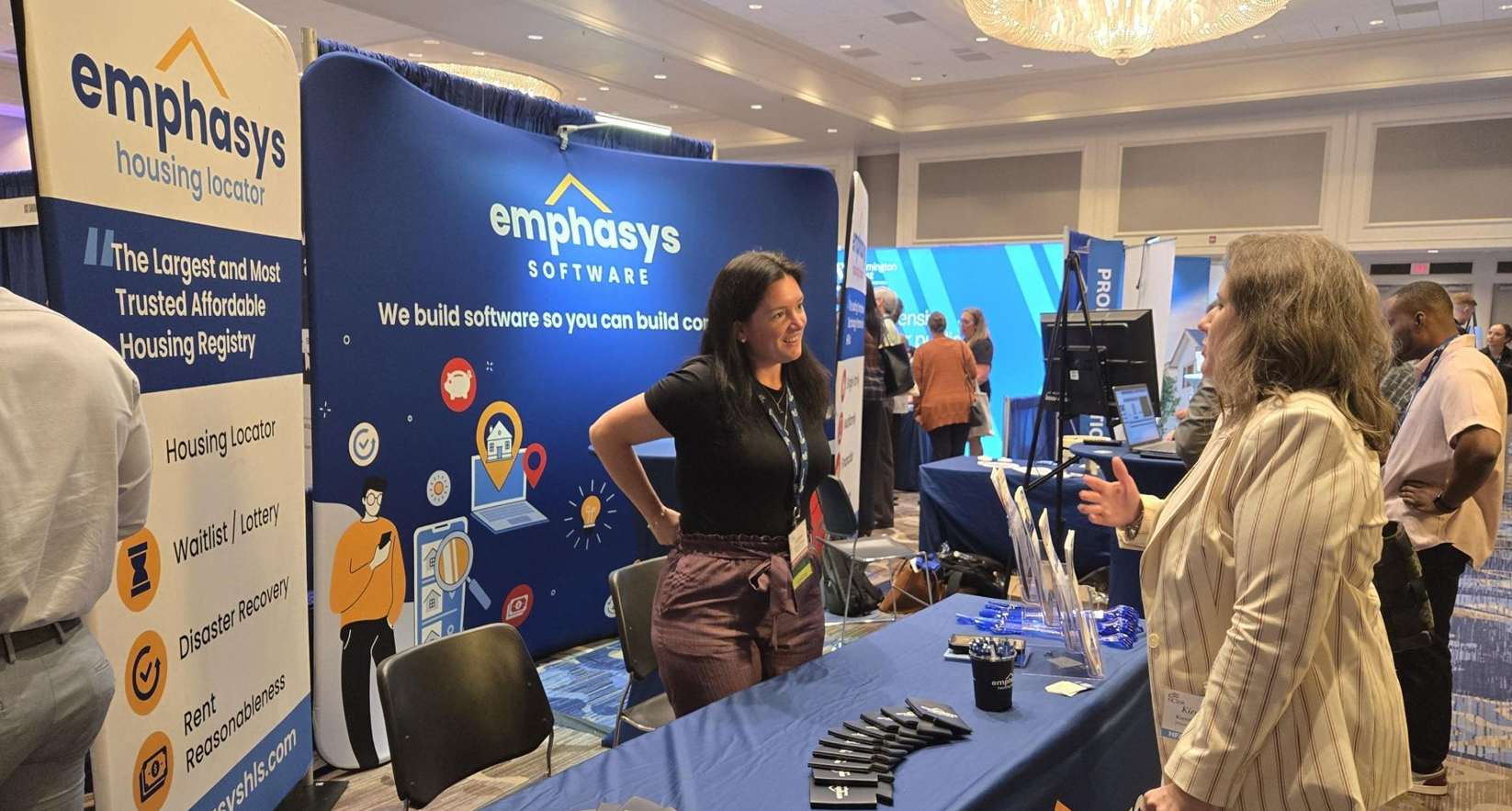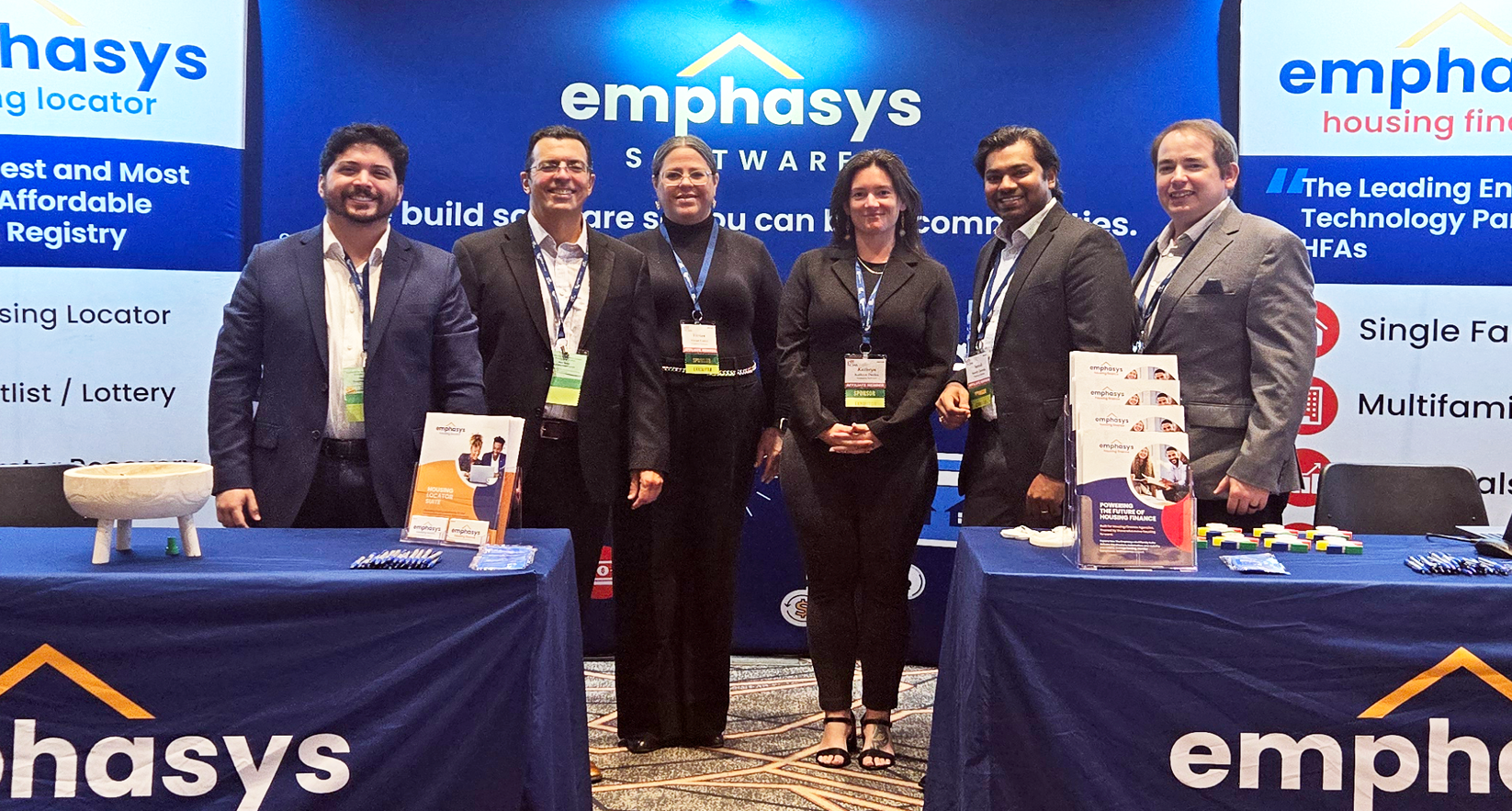Understanding Rent Reasonableness in Affordable Housing
Rent reasonableness plays a crucial role in ensuring the integrity and efficiency of affordable housing programs. Often viewed as a regulatory requirement for compliance with HUD standards, rent reasonableness assessments also support public housing agencies (PHAs), landlords, and renters in creating fair, data-informed rental agreements. Tools like Emphasys Housing Locator streamline this process by making it faster, more transparent, and easier to manage.
Why Rent Reasonableness Matters
Rent reasonableness is required under HUD regulations to ensure that the rent charged for a unit assisted under the Housing Choice Voucher (HCV) program is comparable to similar, unassisted units in the same market. This protects tenants from inflated rents, ensures federal funds are used responsibly, and maintains trust among landlords, tenants, and agencies.
A well-executed rent reasonableness process can:
- Help PHAs manage budgets more effectively
- Support program integrity
- Encourage landlord participation
- Improve outcomes for voucher holders by ensuring fair market access
The Challenges of Traditional Rent Comparisons
Historically, rent reasonableness assessments were labor-intensive. Staff often needed to manually collect comparable listings, calculate estimates, and document findings. This method consumed time, introduced the possibility of human error, and produced inconsistent results.
When data is limited or lacks standardization, it becomes difficult to generate fair and defensible assessments. These challenges can lead to delays or missed opportunities for tenants seeking housing.
How Modern Tools Simplify Rent Reasonableness
Today, digital tools like the Emphasys Rent Reasonableness help agencies modernize and simplify the entire process.
1. Real-Time Comparable Data
Modern rent reasonableness tools offer access to a large database of comparable rental units. These systems use real-time data and allow users to search by multiple attributes, including unit size, amenities, location, and condition. This improves the accuracy and transparency of rent assessments.
2. Automated Calculations and Documentation
Automation reduces the chance of human error and speeds up the rent reasonableness workflow. Reports can be generated quickly and include standardized documentation that meets HUD requirements. This improves efficiency and simplifies audit preparation.
3. Geospatial Mapping and Visual Comparisons
Some tools include interactive maps that show the geographic relationship between comparable units. These visualizations help stakeholders understand how a unit compares to others nearby and assist in justifying rent decisions.
4. Integration With Housing Locator Platforms
Solutions such as the Emphasys Housing Locator integrate rent reasonableness tools directly into the broader housing locator platform. This enables agencies to manage listings, assess rents, and support voucher placements from a single system.
Improving Program Efficiency and Equity
By streamlining rent assessments and improving access to reliable data, agencies can:
- Increase voucher lease-up rates by approving rents more efficiently
- Build stronger relationships with landlords through a consistent process
- Ensure equitable access to housing by avoiding overpriced units
These improvements contribute to better housing outcomes and more efficient program management.
Looking Ahead: The Future of Rent Reasonableness
As housing data and technology continue to evolve, rent reasonableness tools will offer even greater value. Future enhancements may include:
- AI-powered estimates that adapt to local market conditions
- Expanded integrations with rental data sources
- Mobile tools for field staff and inspectors
These innovations will help agencies maintain fairness, improve operational efficiency, and better serve their communities.
Emphasys Housing Locator: A Holistic Approach to Affordable Housing Management
The Emphasys Housing Locator does more than publish listings. It combines tools for rent assessments, disaster response, waitlist management, and tailored search features to help agencies deliver a full suite of housing services.
With solutions such as Emphasys Rent Resonableness, ADA-compliant and multilingual websites, and dedicated call center support, Emphasys helps both renters and agencies.
Whether your agency manages Housing Choice Vouchers, Tax Credit properties, or HUD 811 programs, Emphasys provides tools that support effective and equitable service delivery.
Frequently Asked Questions
1. What is rent reasonableness?
Rent reasonableness is the process of determining whether the rent for a subsidized unit is comparable to similar, unassisted units in the same area. It ensures fair pricing and protects program integrity.
2. Who is responsible for determining rent reasonableness?
Public housing agencies (PHAs) must conduct and document rent reasonableness assessments before approving a lease under the HCV program.
3. How does Emphasys simplify the rent reasonableness process?
Emphasys provides tools that automate calculations, generate required documentation, and integrate rent assessments into the broader housing locator system.
4. Can landlords access rent reasonableness tools?
While landlords do not use the tools directly, agencies can share assessment reports or maps to explain rent decisions and promote transparency.
5. Is the Emphasys RentComp database customizable for local markets?
Yes. Agencies can upload local data and tailor comparison criteria to reflect their community’s rental landscape.
6. Is Emphasys RentComp HUD-compliant?
Yes. All assessments created using RentComp meet HUD guidelines and include built-in audit documentation.
7. How can I request a demo of the Emphasys Rent Reasonableness tool?
You can visit https://emphasyshls.com/rent-reasonableness/ and submit he contact form to request a personalized demonstration.









